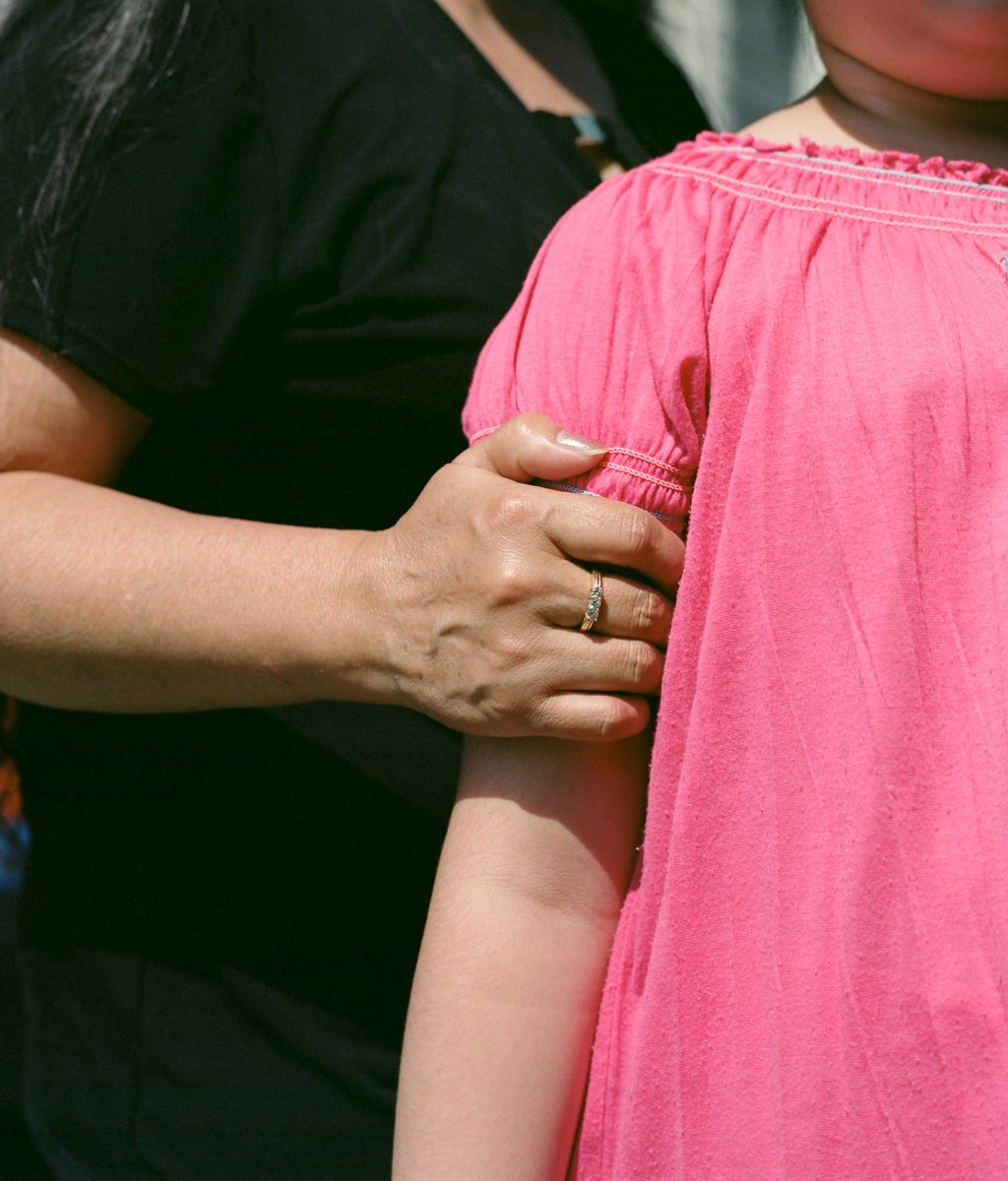Yolanda already knows what it feels like to leave a child behind.
She left three in her native Guatemala just over two decades ago. “I had to decide so quickly,” she told me. “My husband had already crossed. My mother told me to go, to send money back to them, and that the children would follow when they were old enough.” They were 16 months, 7, and 9. Twenty-one years later, she’s still waiting.
Since she came to America, Yolanda has had another daughter. She’s 8 years old, and she has autism, which makes the struggle to establish an ordinary American life even harder. And then there’s the fact that, like more than 11 million other people in America, Yolanda is an undocumented immigrant. While her status has always been insecure, the risks it posed always seemed like an abstraction, and her community in Staten Island seemed to be mostly on her side. Then Donald Trump was elected president, and the incendiary rhetoric about immigrant communities that he had used on the campaign trail became an almost unbelievable reality. Suddenly, the future is as painful for Yolanda to contemplate as the past.
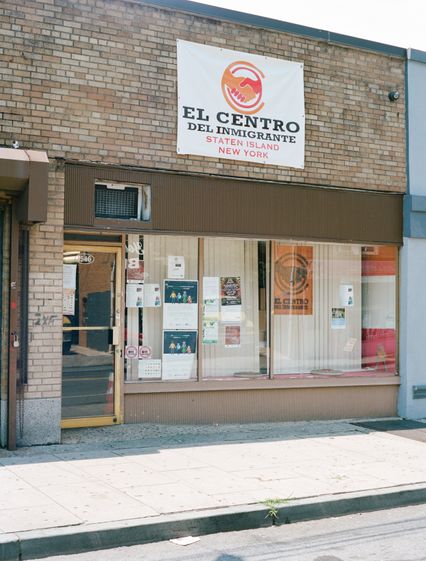
“My biggest fear,” she said through a translator, as we sat across from each other in a small office at El Centro del Inmigrante, a community-based educational organization and worker center in the Port Richmond neighborhood of Staten Island, “is that I’ll be deported and my daughter will have to stay here. I have nobody to leave her with. But I’m also afraid of having to bring her back to a country where they won’t have any of the services she needs.”
The prospect of leaving her daughter behind is especially frightening because of her autism. “I have to monitor her constantly. I help her with everything she does. I tie her shoes, feed her. She sleeps with me. No one’s going to do that the way I do. Who would ever be able to take my place?”
The political transformation that forced such questions to the front of Yolanda’s mind began almost as soon as Trump came into office. An executive order signed in January mandated the detention of any undocumented person with or without a criminal record, just so long as he or she “pose[s] a risk to national security” in the thoroughly undefined “judgment of an immigration officer.” It also authorized the hiring of an additional 10,000 ICE agents. Meanwhile, those already in place seemed to interpret their role differently right away. In the first three months of 2017, the Washington Post reported, ICE arrested 5,441 undocumented immigrants without criminal records; in the same period last year, the number was less than half of that. And last Friday ICE announced what it called a “surge initiative,” a program to arrest immigrant parents who hire smugglers to bring their children to join them. Immigration advocates call the program “unimaginably cruel.”
In her community in Staten Island, which once seemed to Yolanda like a haven, the national picture seems to be encroaching with disturbing speed. In February, five Mexican immigrants in the borough were picked up in ICE raids, part of a wider sweep across New York City that led to a total of 41 arrests. In June, ICE arrested a teenager in New York State on the day of his senior prom. In this new climate, undocumented parents are panicking: flooding El Centro’s offices, desperate for information, trying to understand what Trump’s promise to deport as many undocumented immigrants as possible will mean for them. El Centro is scrambling to respond to the overwhelming new demand for its services, setting up workshops to help parents better understand their options, helping frightened parents apply for the services for their U.S.-born children, and providing up-to-date information on new enforcement measures. “We’ve been around since 1997,” said Favio Ramirez-Caminatti, the nonprofit’s executive director. “We’ve never seen a situation like this.”
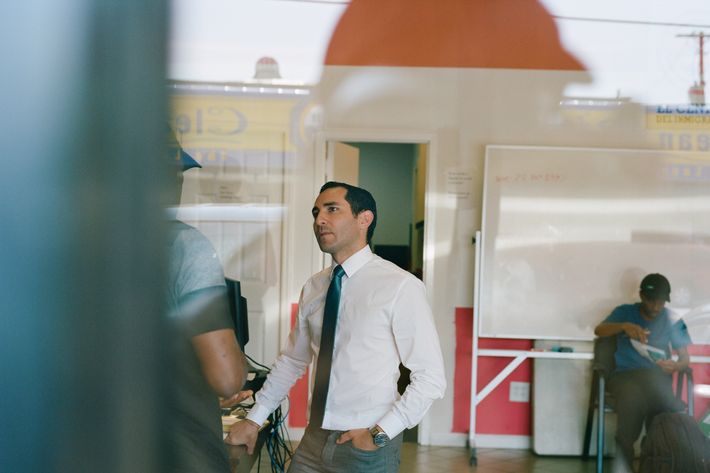
Like many of these parents, Yolanda has been imagining the worst-case scenario. She’s thought about writing down an emergency plan, or filling out one of the temporary guardianship forms that are available at El Centro. She’ll feel a moment of resolve, tell herself it is better to be prepared. But before she can complete the plan, something stops her — to prepare for a separation, even an unlikely one, requires acknowledging a terrifying prospect, that after having left behind three children, she could be forced to leave behind a fourth.
It seems unimaginable, and yet she’s begun to imagine it. A small, pretty woman with delicate features, she sank in her chair as she spoke to me about the way her life has changed since the election. Sometimes she cried and occasionally she smiled, but mostly her expression remained strained and blank. There was a heaviness to her words, her posture. She tells me that her fear has become exhausting, and wonders how long she can go on like this, constantly anxious, paralyzed by fear.
It is a fear that, according to experts, may be justified. Some immigration-rights activists are describing recent changes in deportation enforcement as a “reign of terror” that will only escalate if ICE receives a requested additional $1.2 billion to expand detainment, enforcement, and deportation. But for parents like Yolanda, that terror has already begun.
A ferry ride from lower Manhattan, Staten Island is closer in spirit and demographics to New Jersey than the rest of New York City. According to census estimates, Staten Island has the largest percentage of white residents of all the boroughs, at 76.6 percent. The areas surrounding the neighborhood of Port Richmond are filled with big box stores and strip malls, and subdivisions of single-family houses. But just north of these white, working and middle-class neighborhoods is one of the fastest-growing Latino populations in New York City.
For the most part, Yolanda has felt welcome in Port Richmond, but since the election, she knows that just beyond this neighborhood there are people who don’t want her here, who don’t think she belongs. In a state in which Clinton defeated Trump by 22.5 percentage points, Staten Island residents preferred Trump by 15.1 points.
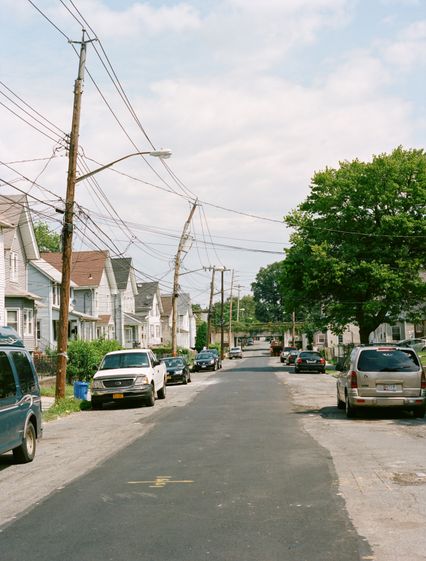
Largely concentrated in Mexican-American growth in Port Richmond, the Hispanic population in Staten Island increased between 2000 and 2010. That rise has created the sort of polarized tensions associated more often with rural or small-town America than with ethnically diverse urban centers. “This is the location where we’ve seen the most concentrated levels of fear,” said Amy Taylor, legal director of Make the Road New York, a nonprofit that works with Latino communities. “It’s an area where there is a lot of discriminatory policing, a lot of anti-immigrant rhetoric.”
While specific incidents of harassment and discrimination are felt intensely, the overarching atmosphere of fear they perpetuate can be just as damaging to families, neighborhoods, businesses, and schools. In a recent study, William Lopez, a post-doctoral fellow at the University of Michigan, documented the fraying that takes place within immigrant communities where families are targeted. Parents living in fear are less likely to seek health services for their children or for themselves. People become more suspicious of each other, and the most vulnerable individuals are less likely to contact law-enforcement officials, even when they are victims of a crime.
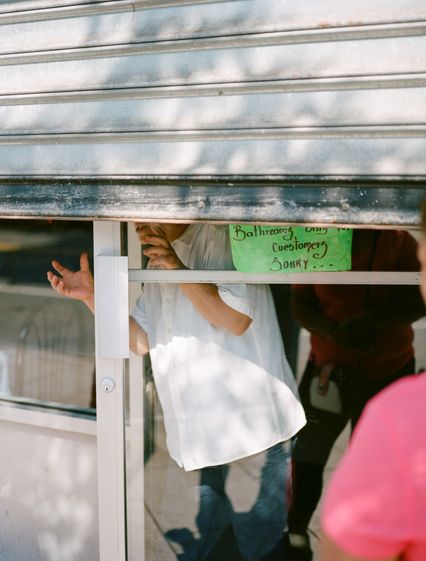
Lopez notes how, as citizens, “the children are entitled to services. But when the parents are scared to access those services, the children can’t get them. When we see that ICE is in courthouses, in schools, individual fears infiltrate public spaces. People stop going to parks. They stop driving. When you can’t drive, you can’t go see family. It’s hard to raise children in a state of isolation, and families and communities start to fracture.”
Some of the Staten Island parents I spoke with have stopped walking their children to and from school, depending instead on friends or older siblings. Some are afraid to leave their apartment, to eat at restaurants, to take their children to parks or public places. Some are afraid to reregister for government benefits they depend on to feed their families.
Estela, an undocumented Mexican mother raising five children in a cramped Port Richmond apartment, told me she hardly ever leaves her home since the election, and goes outside during the day only to buy groceries. She’s started going to the laundromat in the middle of the night when no one else is there.
A few weeks ago, she was at home with her 2-year-old son when an ICE officer knocked on the door to her building.
“I was looking out the window, terrified, and my girlfriend called me and said don’t open the door. So I pulled the shades. Eventually, he went away.”
Only a few days before we spoke, her neighbor told her how a mail worker was delivering a package to the building. He went down to accept it, but the delivery person got angry and said, “I’m not going to give you this package. You should go back to your country. You don’t belong here. This is not for you.”
Estela has no way to know if incidents like these are all bluster, or if they pose an actual threat. Regardless, her children are afraid, especially the older ones.
“They’re afraid I’ll be deported,” she told me. But they’re particularly concerned about their two younger siblings, because they’re not old enough to take care of them on their own. And so they urge their mother to stay inside. “They pick up their siblings from school and run the errands for the household because they want to protect me,” she said. Recently, she’s begun the guardianship paperwork, arranging for them to be taken in by a relative should the worst come to pass. “It’s final,” she told me. “They take you in, and unless you have things in place, the kids are on their own.”
Estela, like Yolanda, realizes that such a scenario is unlikely. She has no criminal record and avoids driving. She’s never been detained before by immigration officials. But even a small risk seems too great when it could jeopardize her children’s futures.
Taylor from Make the Road New York says the power of the climate of uncertainty that Trump has created has made it much harder to reassure parents like Estela and Yolanda. “When advising clients with families, we used to be able to tell them what was safe and what wasn’t … we don’t know anymore. People will come in and say they have a neighbor threatening to call ICE. Well, we used to tell them not to worry. We’d say that’s not how enforcement works. We can’t say that anymore. We just don’t know.”
This sense of uncertainty has pushed some parents to take action. Isabel came to Staten Island with her husband in 2006 from Puebla, Mexico. Now they have a 6-year-old and a 2-year-old son, both citizens.
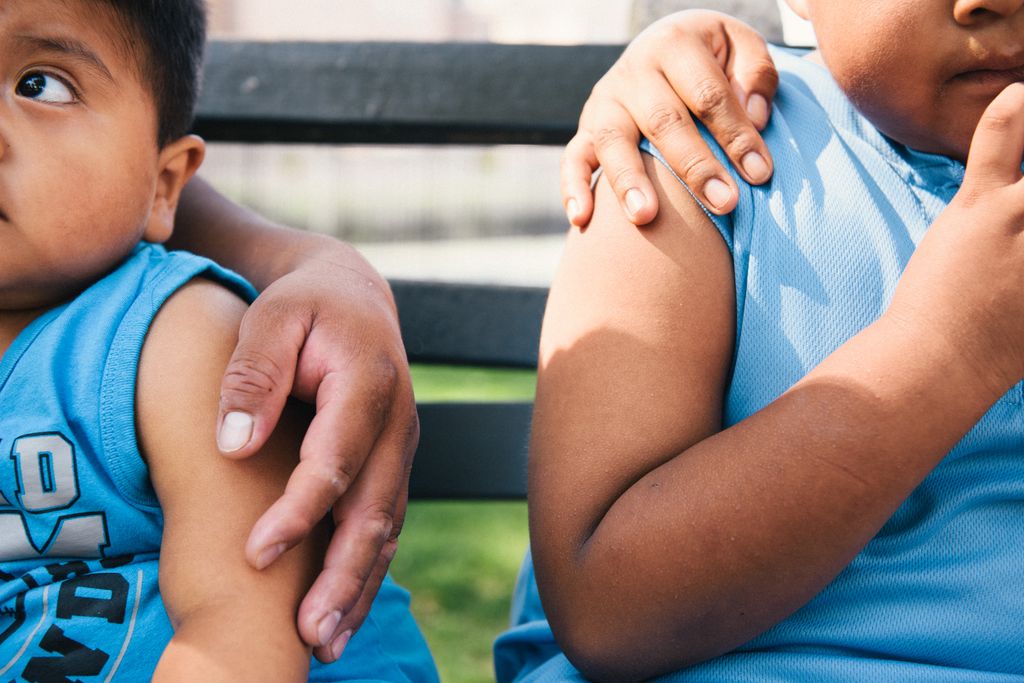
For at least a month after the election, Isabel was afraid to go outside herself, to take the children out. But this spring, she and her husband decided it was time to start planning. They asked El Centro to help them fill out a temporary-guardianship form and assigned their kids to an American cousin. The provision eased Isabel’s anxiety, but only slightly. Her youngest son is only 2. He’s still nursing. He’s never been in the care of anyone but his mother. It’s hard for her to imagine being separated from him, even for a few weeks.
She told me about the day she took her oldest son to meet this cousin in the Bronx “We don’t really know each other that well, but it’s family, so we went together to see her and I had to explain it to my son,” she said. “That was the hardest thing.”
Even as she prepares her family for the worst, she also wants to do everything she can to avoid it. She is even considering whether to reapply for the SNAP food benefits for which her children, as citizens, are eligible, for fear that the program might be used to obtain their address or other information: “I’ll just have to cut corners,” she said. “Any money I might have saved will have to go to food.”
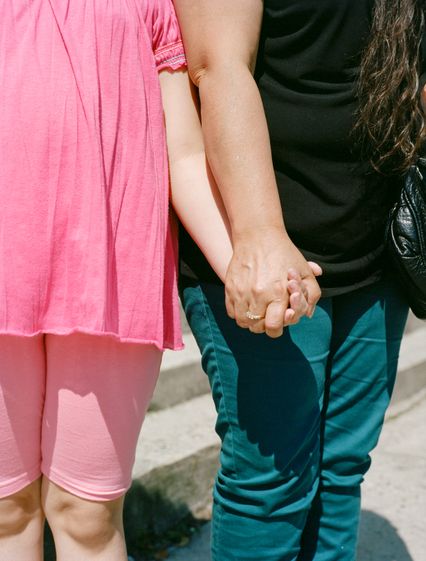
Understanding just how likely these women are to face deportation is complicated. Lenni Benson, a professor of law and founder and senior adviser of the Safe Passage Project, described how she and her colleagues have been spending a lot of time time educating undocumented parents about due process — trying to stop some of the panic. She explained how removals that happen quickly are usually reinstatements — a person picked up after having been previously ordered to leave the country. For a mother like Yolanda, she implies, the risk is low. “If you’re apprehended for the first time and have no criminal conviction or prior order of removal” she tells them, “it might not be pleasant, but there are 600,000 undocumented immigrants in NYC. They’re not all going to be removed.”
Any comfort from that reassurance is tempered by uncertainty as to whether the precedents still apply: Since Trump took office, the rules of the game have changed. “In the past, if a parent had children at home and no one to care for them, ICE would be unlikely to take the individual into custody unless he or she was engaged in criminal activity. Today, it’s theoretically possible that there would be people taken into custody and children would come home to an empty home.”
But Benson also worries about focusing on these worst-case scenarios and adding to the already heightened state of fear and trauma in immigrant communities. She urges undocumented parents to get to work on a range of practical measures to secure their children’s futures — “Learning about their rights is the best thing they can do,” she says — but above all, she urges them to stay calm.
In a moment of such immense uncertainty, this can be one of the hardest things for parents to do. Jacqueline Stevens, a Northwestern professor who directs the university’s Deportation Research Clinic, says it’s become hard to predict what protections, if any, undocumented families will have in the Trump administration. “The most important thing that’s changed has nothing to do with new laws. It’s that certain types of constraints that were in place are just gone. There were misconduct and civil-rights violations in previous administrations, but there was the sense that if they were brought to light, there would be consequences … So Trump doesn’t need to come up with a special executive order to persecute. Just the fact of him being in office signals to these workers that there will be no oversight.”
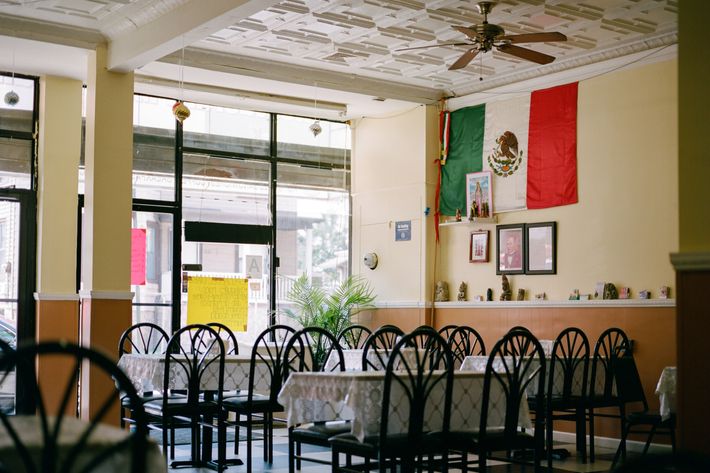
This signaling has instilled fear in the homes of mothers like Yolanda, Estela, and Isabel, but also across the larger community of Port Richmond. The growing sense of isolation became clear to me when I met with the Reverend Dr. Terry Troia, the executive director of Project Hospitality, a nonprofit in Staten Island. She took me to one of her favorite restaurants in the neighborhood down the street from El Centro, a normally bustling stretch.
“You see this?” the owner said to her. “Empty. Every day since the election. People are staying home, bringing their lunch. I don’t know what I’ll do if it continues.”
I asked Troia if she noticed other changes in the community. “You don’t see a lot of families in the park on the weekends anymore,” she said. “It’s been good weather and the parks have been empty here. People feel exposed.”
The last time I spoke to Yolanda, she was trying to put a brave face on the situation for her daughter’s sake — the same high-wire suspension of disbelief that undocumented immigrant parents are attempting across the country. “I still cry every day,” she told me, “but now I cry in the bathroom where my daughter can’t see me.”
As for the guardianship form, she’s decided against it. She can’t leave her child behind again, and so this time, if the worst happens, she’ll take her daughter with her. “She’s my life. I can’t make a plan to leave her,” she says. “You’re a mother. Could you?”
